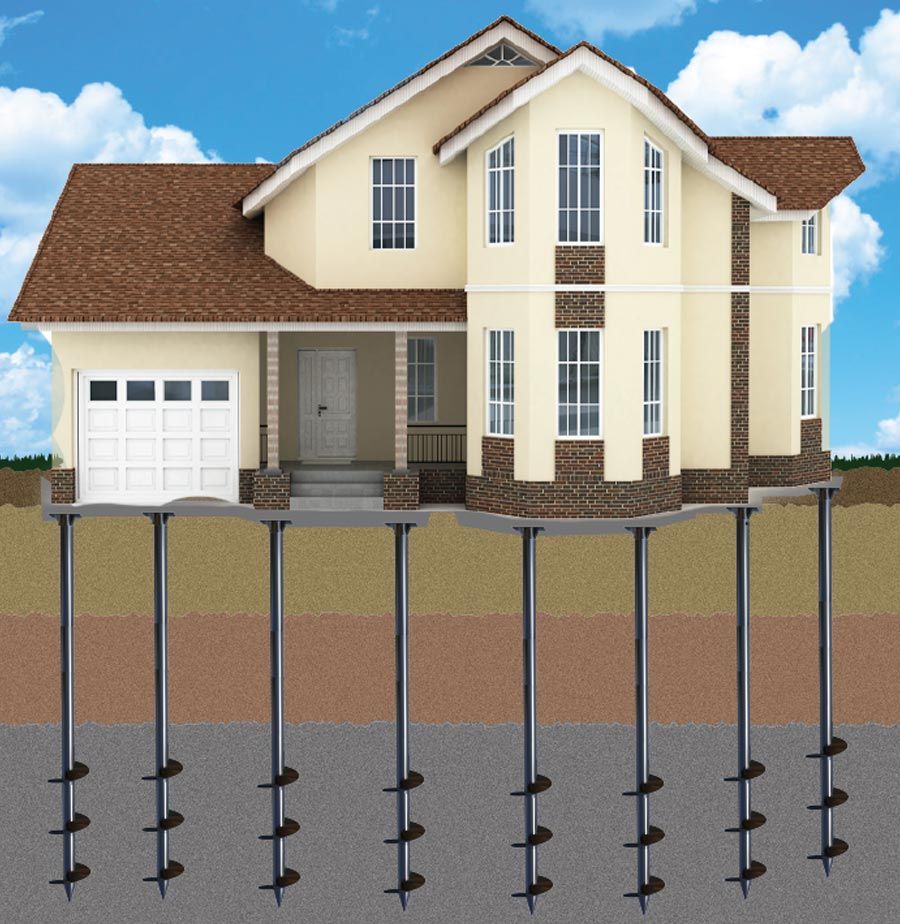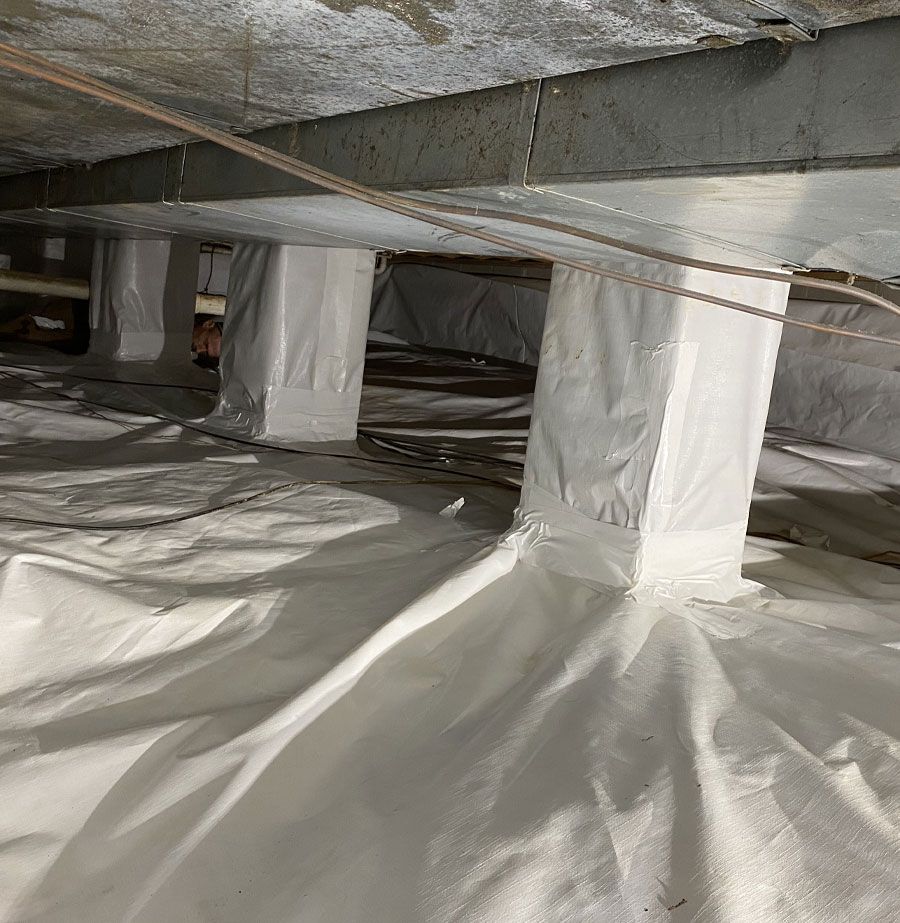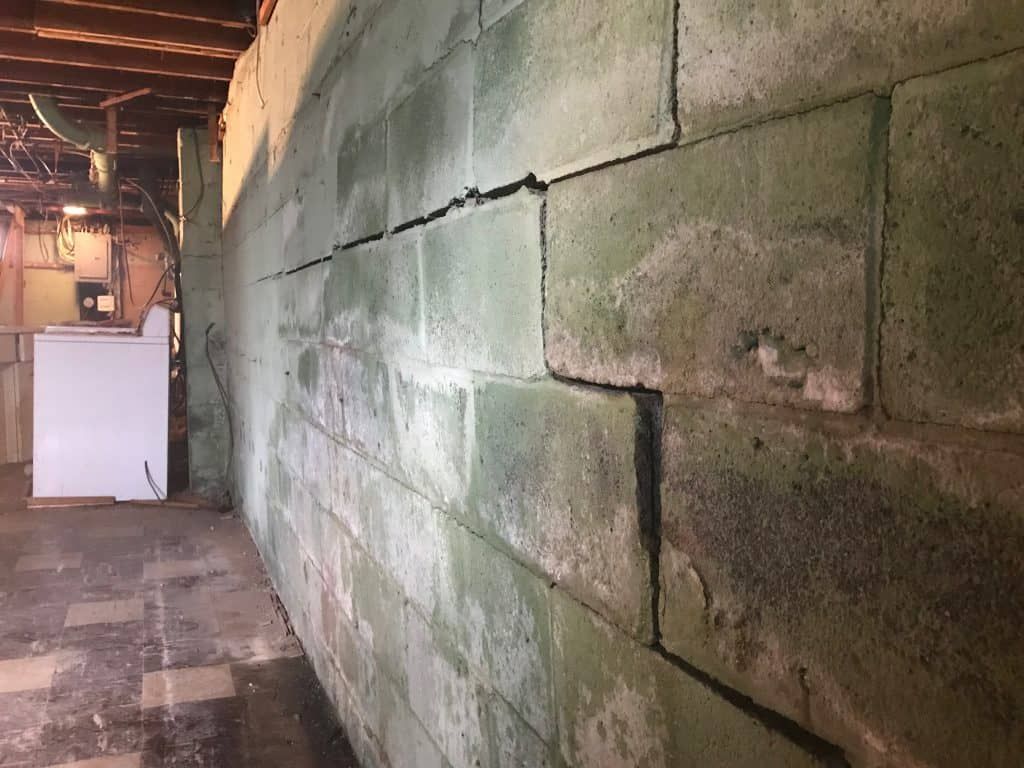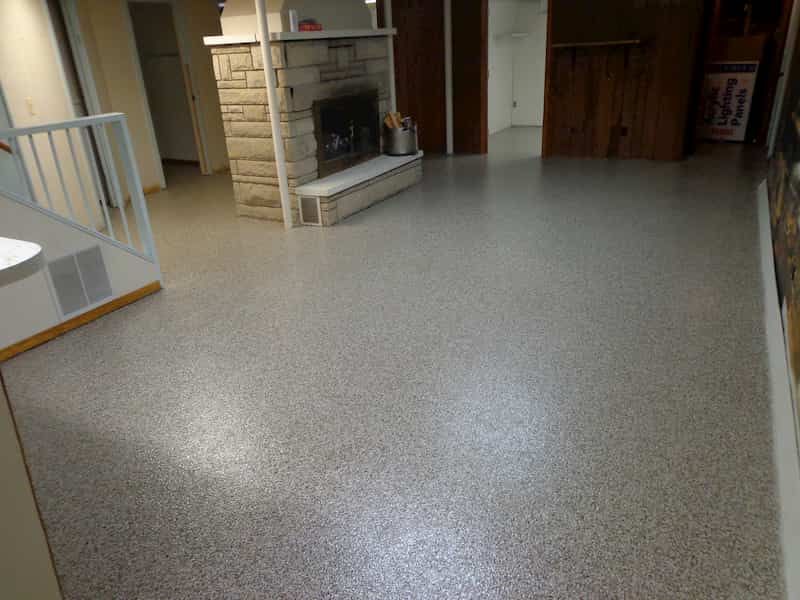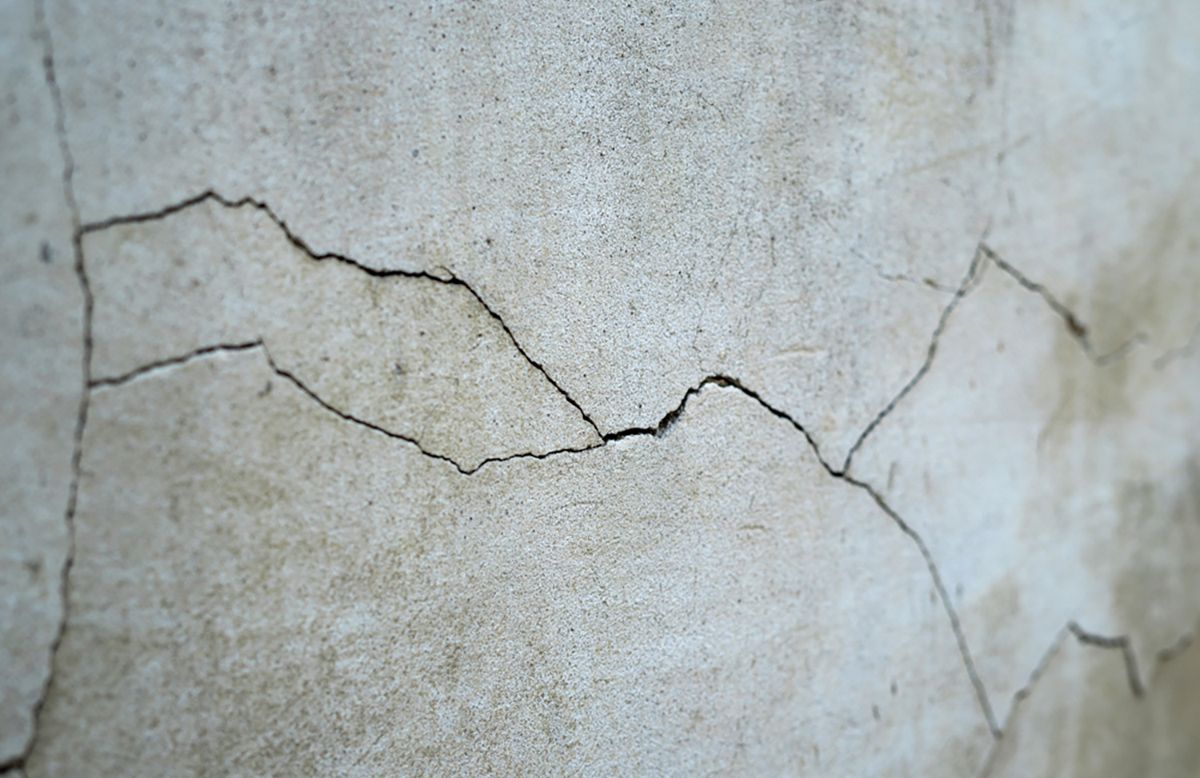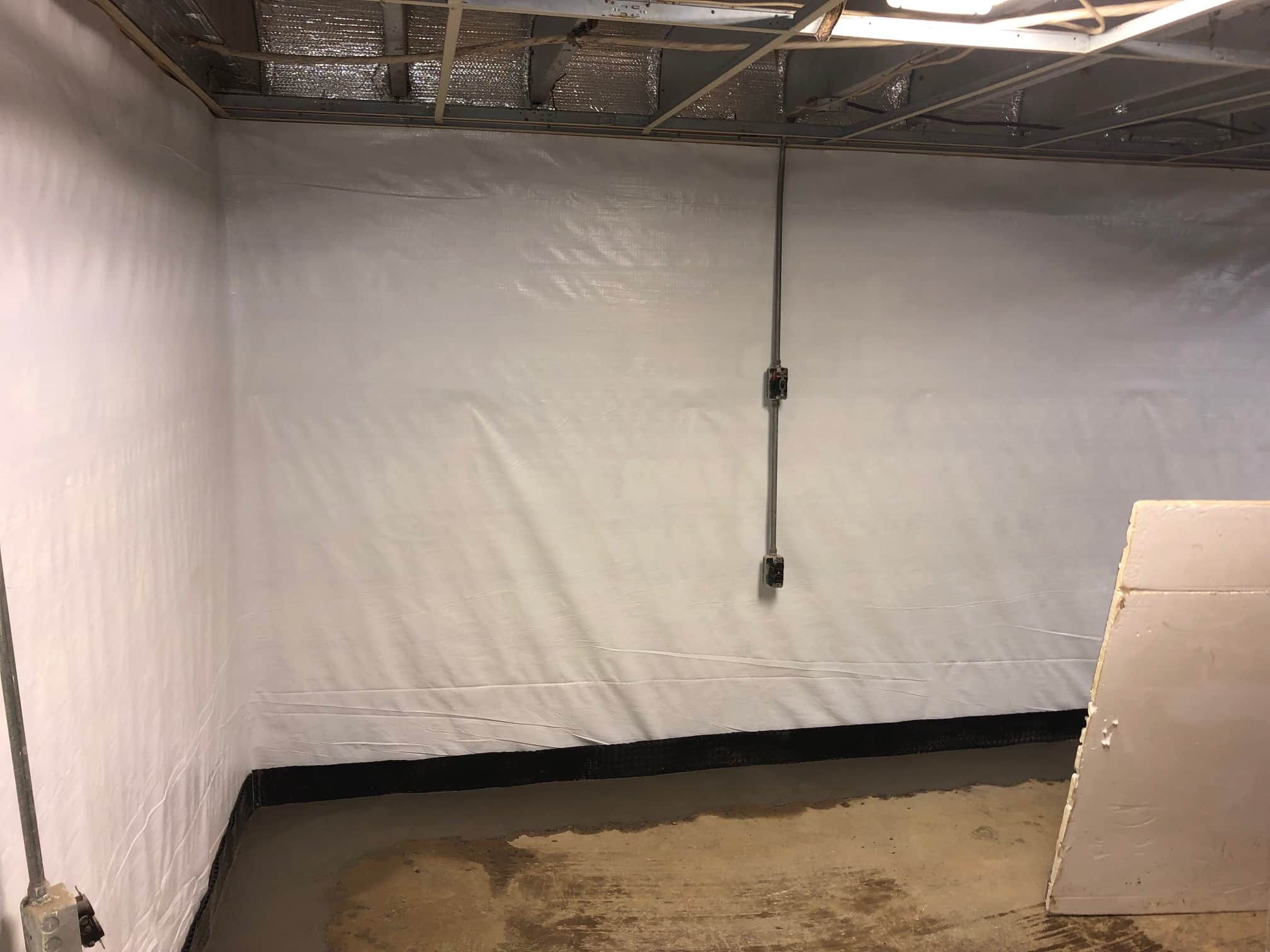
Crawl Space Encapsulation: Benefits for a Healthier Home
This article offers helpful information on crawl space encapsulation. We’ll explain encapsulation, offer tips for DIY crawl space encapsulation, and explain how to maintain a healthy humidity in your crawl space.
What Is Crawl Space Encapsulation?
Encapsulating, or at least sealing, crawl spaces is a popular solution for avoiding indoor moisture issues. Encapsulation can be compared to the lining added to swimming pools to avoid leaks.
A heavy-duty polyethylene barrier is added to completely cover your crawl space – usually the floors, foundation walls, and sometimes even ceiling.
Why Encapsulate Crawl Spaces
Since up to 50% of household air can flow up from your crawl space, it’s important to keep it as clean and dry as possible. Adding a crawl space vapor barrier and dehumidifier is widely accepted as the best way to improve indoor air quality and make energy improvements inside your home.
Water vapor enters the crawl space from the ground (even through cement), leading many people to encapsulate their crawl space to keep the moisture out.
Benefits of Creating a Vapor Barrier
- Improved air quality in your crawl space and home
- Creates inhospitable area for pests and wood-destroying insects
- Allows for more comfortable living conditions
- Avoid fungi/mold issues and structural damage
- Greater energy efficiency in your home
Table of Contents
Other Blogs You May Be Interested In

